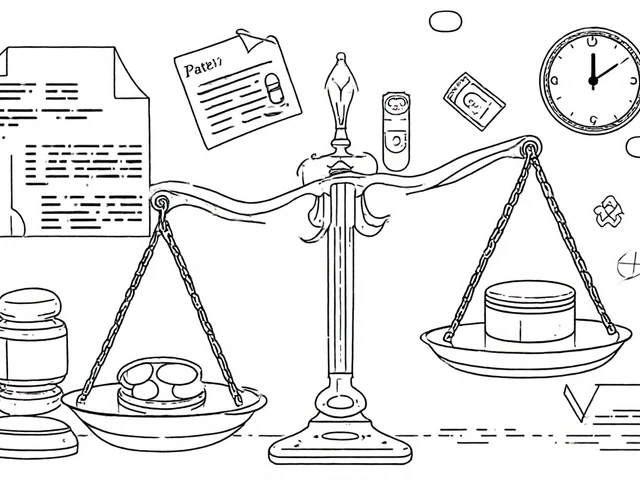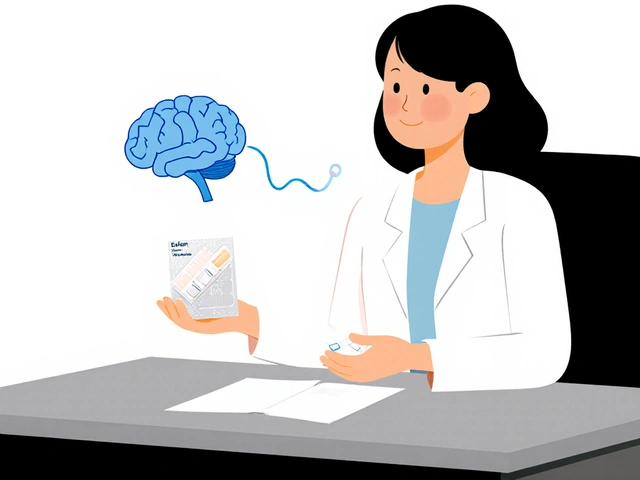citalopram and insomnia: what to expect
If you’ve started citalopram for depression or anxiety and find yourself tossing at night, you’re not alone. Many people notice a change in sleep patterns within the first few weeks. The good news? Understanding why it happens makes it easier to fix.
Why citalopram may keep you up
Citalopram belongs to the SSRI family, which lifts serotonin levels in the brain. Higher serotonin can boost mood, but it also nudges the part of the brain that controls wake‑fulness. This can lead to lighter sleep, frequent awakenings, or trouble falling asleep at all. The effect is strongest when you first start the drug or when the dose is increased. Some folks also feel a jittery “edge” that mimics caffeine.
Another piece of the puzzle is that citalopram can affect melatonin, the hormone that tells your body when it’s night time. A dip in melatonin makes the sleep‑wake clock run fast, so you’re more alert when you’d rather be asleep. Finally, the medication can cause side effects like nausea or restlessness, both of which can interrupt sleep even if they’re mild.
Simple ways to get better sleep
First, give your body a few weeks. Most SSRIs settle down after about 4–6 weeks, and insomnia often improves on its own. In the meantime, keep a regular bedtime routine: dim the lights an hour before sleep, turn off screens, and do something calming—reading a paperback or gentle stretching works for most people.
Watch your caffeine and alcohol intake. Even a latte after lunch can amplify the stimulant effect of citalopram. Alcohol might feel like it helps you fall asleep, but it fragments the deeper stages of sleep and can worsen morning fatigue.
If you’re up for a short stretch, try a simple breathing exercise: inhale for four counts, hold for four, exhale for six. This activates the parasympathetic nervous system and can counteract the alerting signal from serotonin.
When the insomnia feels severe, talk to your prescriber. A small dose tweak or switching to a different SSRI (like sertraline) can make a huge difference. Sometimes doctors add a short‑acting sleep aid for a few nights, but that should be a temporary fix, not a long‑term plan.
Finally, track your sleep. A quick notebook entry—what time you went to bed, how many times you woke up, and any new side effects—gives your doctor concrete data to work with. It also helps you see patterns, like whether stress at work or a late‑night snack is the real culprit.
Bottom line: citalopram can shake up your sleep, but most people find a rhythm again with a few tweaks. Stick to a bedtime routine, limit stimulants, and keep the conversation open with your healthcare team. You’ll protect your mood gains while getting the rest you need.



